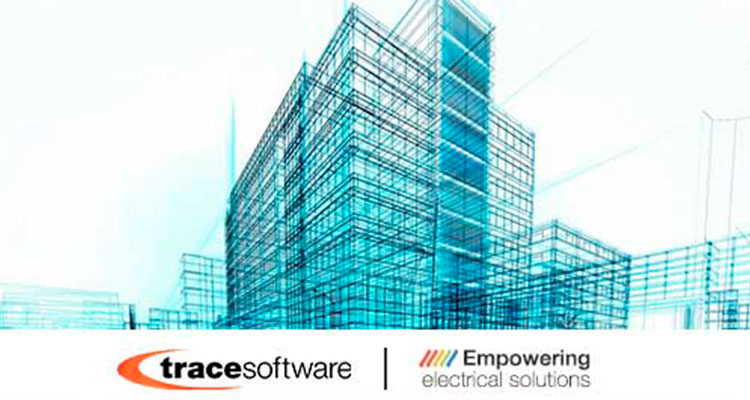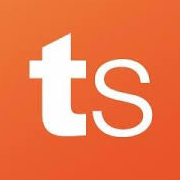The BIM Objects

What is a BIM object?
According to “Delivering value with BIM: a whole of life approach” book, a BIM object is a model element which contains:
- Information that defines the product or element
- Geometric characteristic of the physical product or element
- Visualization data giving the object a recognizable appearance
- Functional data that allows the object to be positioned or to behave in a certain manner.
Therefore, a BIM object is not a simple digital representation in 3D, but an intelligent object as it contains the metadata that describes what kind of object it is, its classification, performance values, the material type, expected lifetime, manufacturer, maintenance, its behavior and also information regarding sustainability and energy efficiency and so on. This information is crucial for the management of the object along the whole life-cycle of the building project.
When the object is placed in the parametric model, the eventual changes applied will be available to all the operators involved in the building project. This means that the BIM model guarantees the use of consistent information amongst the building professionals and it consequentially leads to less waste by reducing the occurrence of errors.
There are two types of BIM objects: component and layered. The component objects have a fixed geometrical shape such as doors, equipment, and furniture. Instead, the layered objects are building products that do not have a fixed shape or size such as ceiling materials, carpets or flooring. BIM objects can be also classed as generic or specific. Generic objects or library objects are the visual expressions of the need for a specific object. They are used as a placeholder in the initial phase of the building project. The initial phase of the building project is crucial as every decision in this stage will have an influence over the other stages, where the numbers of the actor involved are likely to increase. Specific objects are the manufacturer’s real products.
BIM&CO
BIM objects come from three types of sources: BIM software (predefined BIM objects), online libraries of objects such as BIM&CO, and users’ own libraries objects.
Online libraries such as BIM&CO stores manufacturer’s objects, whose properties must be structured in a standardized way. One of BIM&CO’s distinctive features is having identified the classification of existing objects, and the software and properties required by this software. Once they have been referenced, this knowledge base is regrouped within a unified dictionary, thanks to which each property can be named in a standardized way and can, therefore, be exploited by any software, whatever the country.
The level of detail and information of a BIM object increases progressively as the project progresses, moving from a simplified schematic model in the initial phase to a detailed model close to the real product, typical of an “as-built” phase.
Our software
The digitalization of the building industry is having an impact on both electricity and energy markets. We have conceived two software solutions able to leverage the benefits of BIM.
elec calc ™ BIM is the first software in the world that perfectly integrates the electrical calculation into the Open BIM process. With elec calc™ BIM, the user can design, calculate and size the electrical installation in the digital model in IFC 4 format, generated by any 3D architecture software (Revit, ArchiCAD, SketchUp …). The software can connect to the BIM&CO platform to access manufacturer data.
“There is still little use of BIM in electricity because, in general, many things are done outside of the digital model: load calculation, wiring, coordination with fluids.In addition, the detailed studies are carried out by the installers and not previously in the BIM design model. Today, the interferences continue to be treated on site instead of being anticipated at the beginning of the project.” points out Philippe Aupetit, the electrical calculation product line Manager at Trace Software International.
archelios™ O&M is the monitoring software for any PV installation. It brings all the benefits of the PVBIM digital model for advanced operation and maintenance.
.jpg)
Source: https://www.trace-software.com/blog/the-bim-objects/












